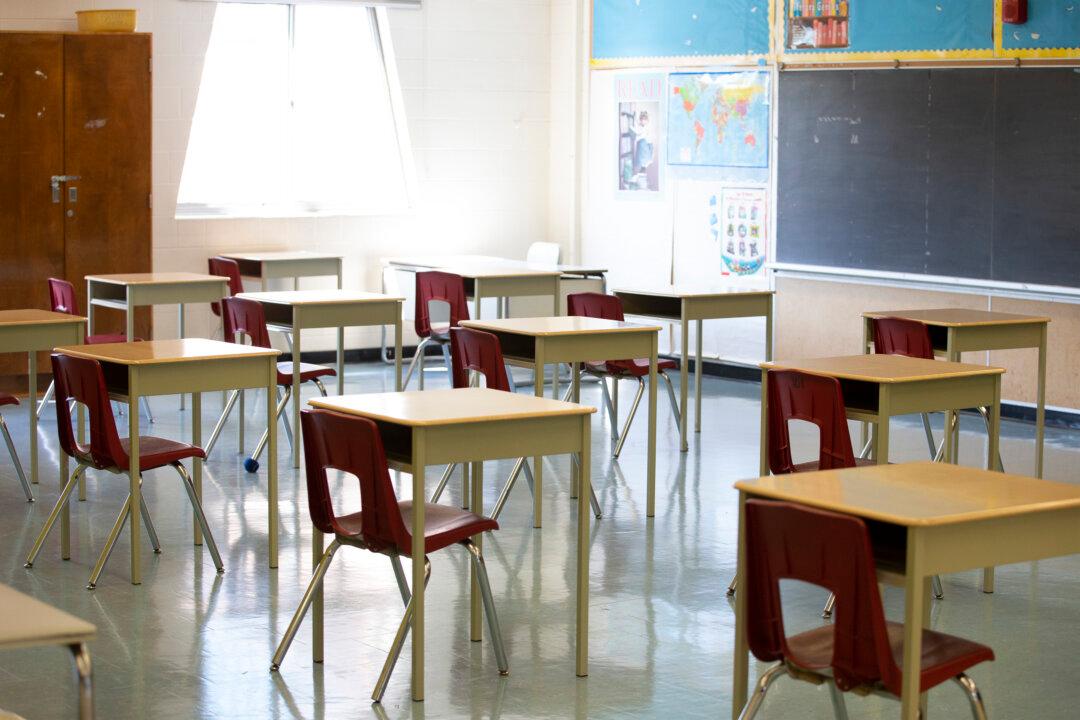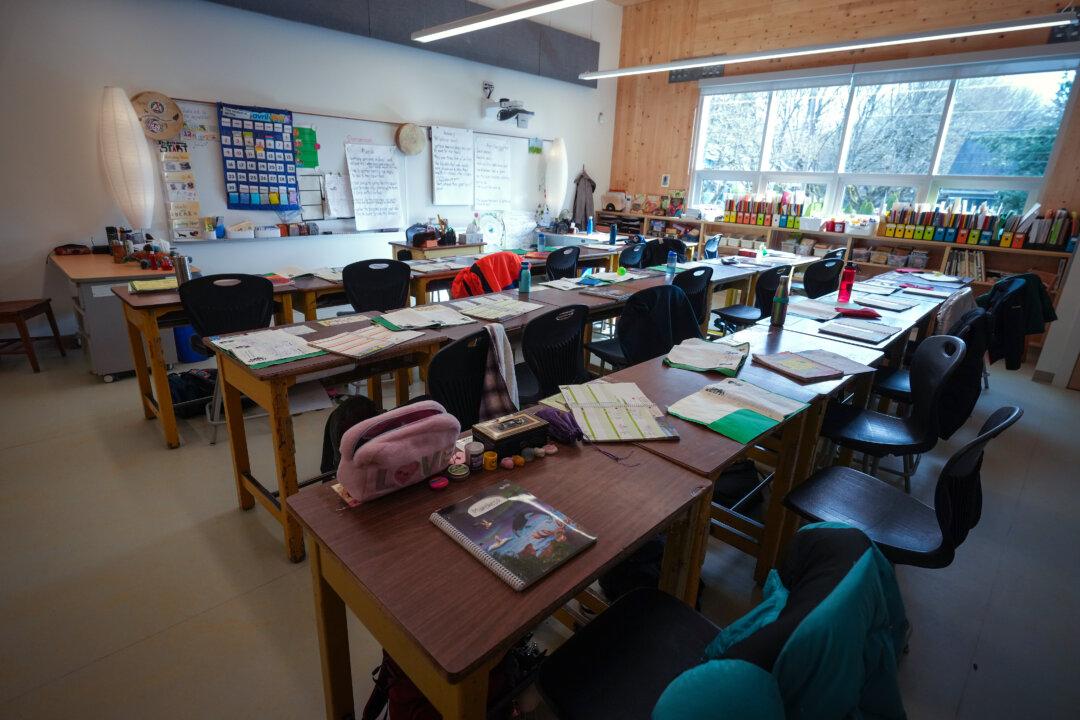If you are a permanent resident who wants to become a Canadian citizen, you’d better start studying. That’s because you must pass a citizenship test to demonstrate sufficient knowledge of Canada’s history and political systems.
This is no simple task for someone who didn’t grow up in this country. Fortunately, Citizenship and Immigration Canada provides prospective citizens with a helpful resource. “Discover Canada: The Rights and Responsibilities of Citizenship” is a 64-page guide that covers key events in Canadian history and explains how our political system works. Applicants who know the material in this study guide should have no trouble passing the citizenship test.





